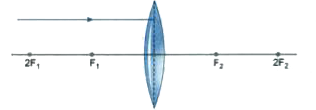Complete the ray diagram to show the paths of the rays after refraction through the lenses shown in the figures E5(a) and E5(b)?

Follow the steps mentioned in Example (4) to complete the ray diagrams.
You will notice that the paths of the rays are shown in figures E5(c) and 5(d).

• Can we realise in practice the results obtained in the ray diagrams when we perform experiments with a lens?
Let us see
Similar Questions
Knowledge Check
To construct a ray diagram, you need at least ______ whose path(s) after refraction through the lens are known.
Aone rayBtwo raysCthree raysDnone of these
A ray of light enters a spherical drop of refractive index (μ=54) as shown in the figure. The value of 100 cos β is (where ϕ is the angle for which the ray after refraction passes through the point ) O as shown in the figure.
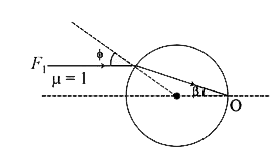
View SolutionA ray of light is going towards the focus of a convex lens. Draw a ray digram to show the path of this ray of light after refraction through the lens.
View SolutionDraw a ray diagram showing refraction of a light ray from a refracting glass slab.
View SolutionA ray of light strikes a glass slab 5 cm thick, making an angle of incidence equal to 30∘. Construct the ray diagram showing the emergent ray and the refracted ray through the glass block. The refractive index of glass is 1.5. also, measure the lateral displacement of the ray. take. sin19.5∘=1/3.
View SolutionComplete the following ray diagram to show refraction of light through a glass slab and label the incident ray, refracted ray and emergent ray.
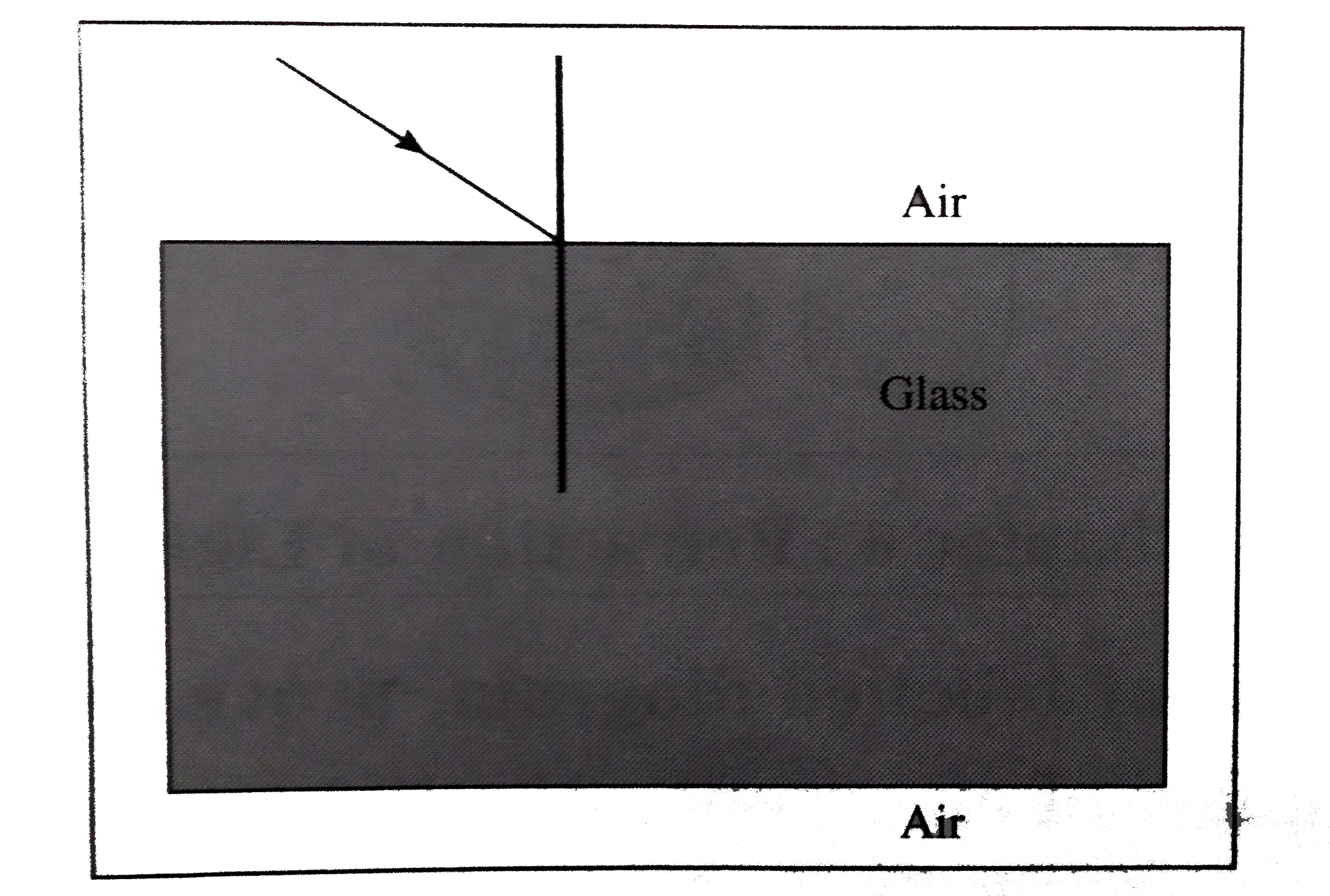
View SolutionIn the diagram below, PQ is a ray of light incident on a rectangular glass block.
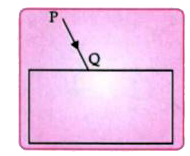
Copy the diagram and complete the path of the ray of light through the glass block. In your diagram, mark the angle of incidence by letter 'i' and the angle of emergence by the letter 'e'.
View SolutionIn each case, given below re-draw the diagram and show the direction of the light ray after refraction from the lens:
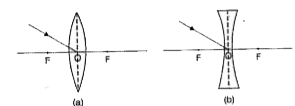

View Solution

